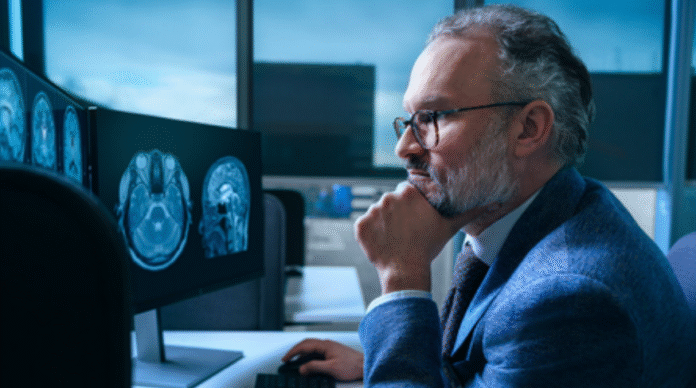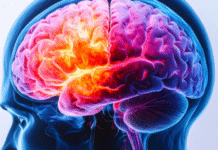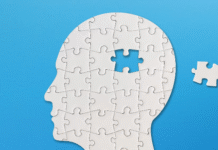New Delhi– In a major breakthrough for the early diagnosis of neurodegenerative diseases, researchers in the U.S. have developed a powerful AI tool capable of detecting nine different types of dementia—using just a single, commonly available brain scan.
The tool, named StateViewer, was developed by a team at the Mayo Clinic and has demonstrated remarkable accuracy. According to findings published in the journal Neurology, StateViewer correctly identified the type of dementia in 88% of cases, including Alzheimer’s, Lewy body dementia, and frontotemporal dementia.
In addition to its diagnostic accuracy, the AI system also improved efficiency. It enabled clinicians to interpret brain scans nearly twice as fast and with up to three times greater accuracy compared to standard clinical workflows.
Traditionally, diagnosing dementia involves a complex and often time-consuming process, including cognitive testing, imaging, blood work, and clinical interviews. Even with this multi-step approach, differentiating among the various forms of dementia remains challenging.
“Every patient who walks into my clinic carries a unique story shaped by the brain’s complexity,” said Dr. David Jones, neurologist and director of the Mayo Clinic Neurology Artificial Intelligence Program. “StateViewer reflects our commitment to earlier understanding, more precise treatment, and eventually, changing the course of these diseases.”
StateViewer analyzes fluorodeoxyglucose positron emission tomography (FDG-PET) scans, which measure how the brain uses glucose for energy. It compares each scan to a database of over 3,600 scans from patients with confirmed diagnoses and identifies patterns linked to specific types—or combinations—of dementia.
The AI’s visual output includes color-coded brain maps that highlight regions of abnormal activity, allowing clinicians—even those without specialized neurology training—to quickly understand and explain the diagnosis.
Each type of dementia affects the brain differently. Alzheimer’s typically impairs memory and processing regions, Lewy body dementia involves attention and motor-related areas, while frontotemporal dementia alters regions related to behavior and language.
With over 55 million people worldwide living with dementia and nearly 10 million new cases annually, the need for faster and more accurate diagnostic tools is urgent. Alzheimer’s disease remains the most common form and is now the fifth-leading cause of death globally.
This AI advancement brings the medical community closer to earlier detection, more tailored treatments, and improved patient outcomes in the fight against one of the most pressing neurological health challenges of our time.













